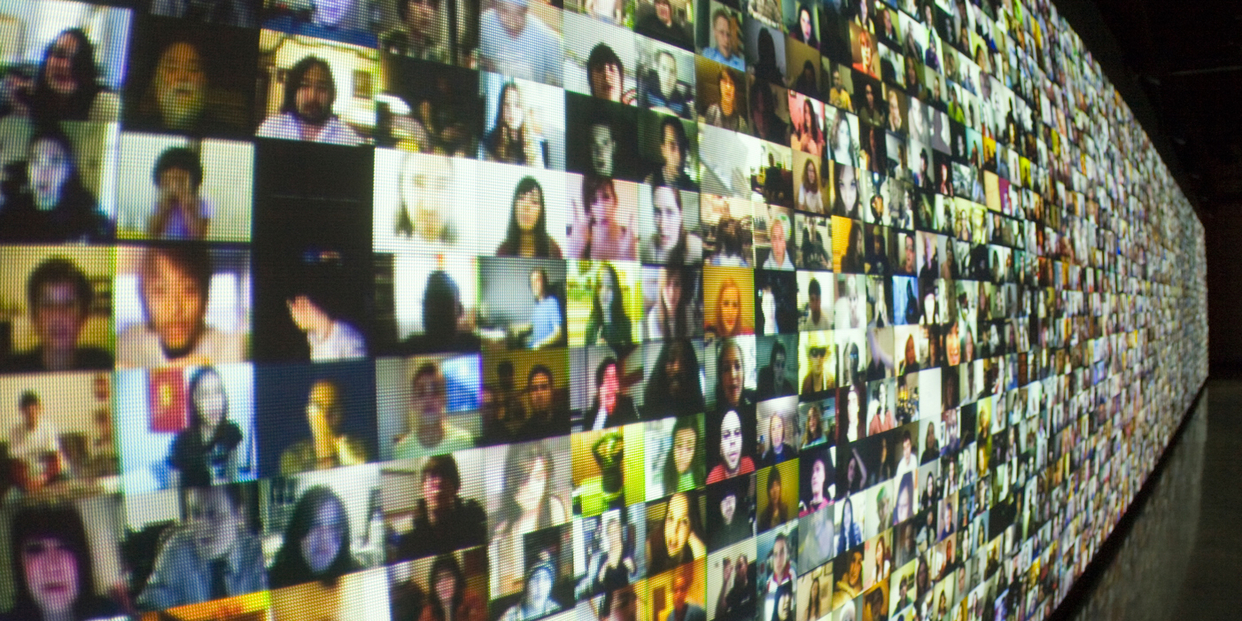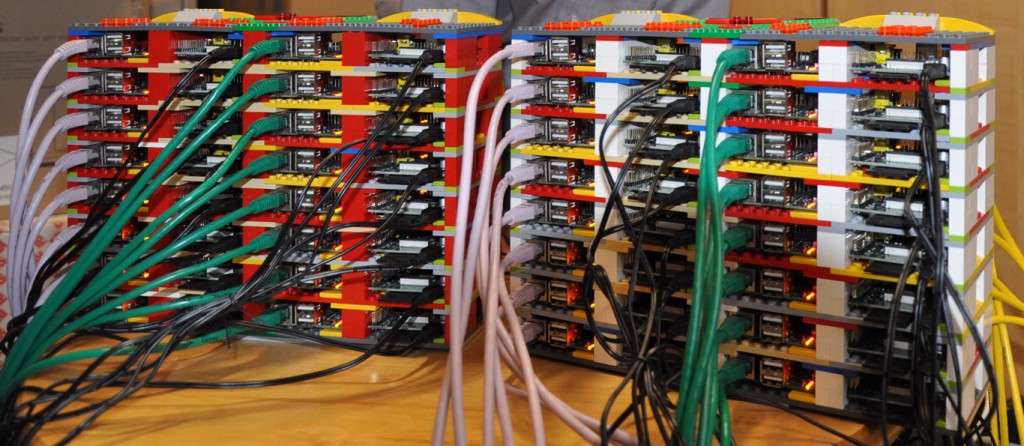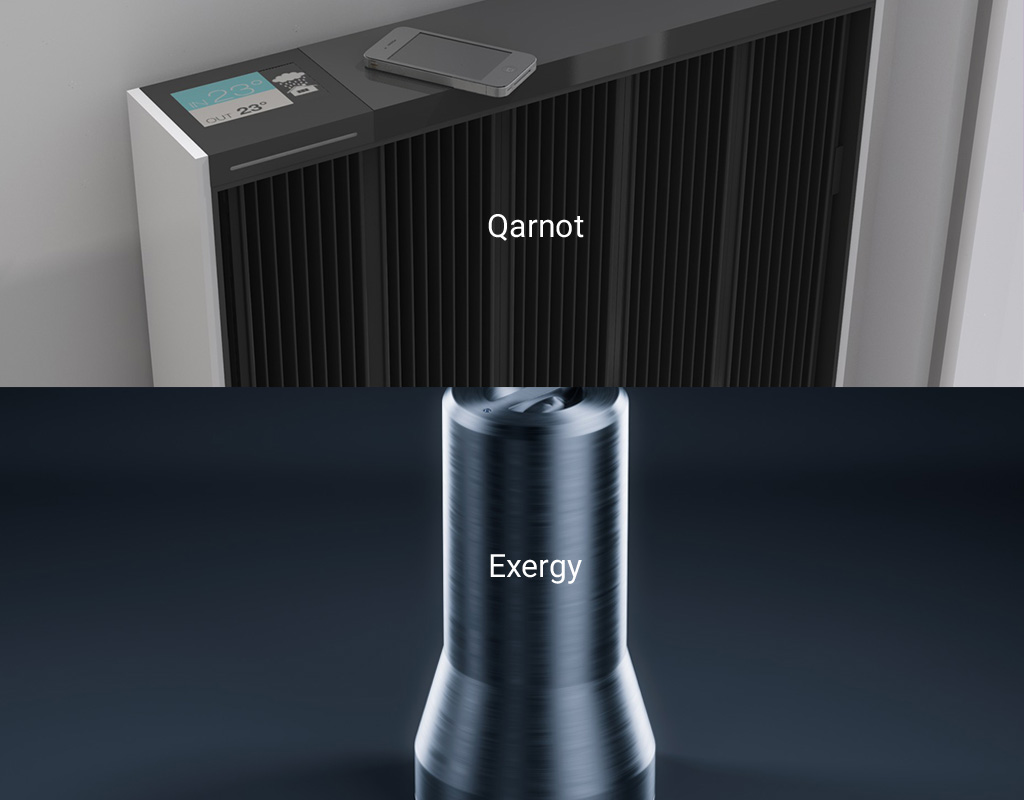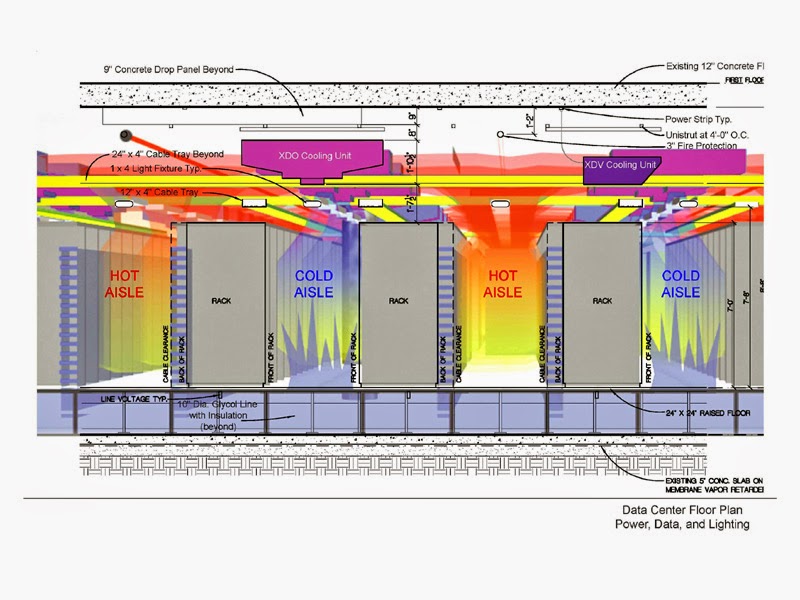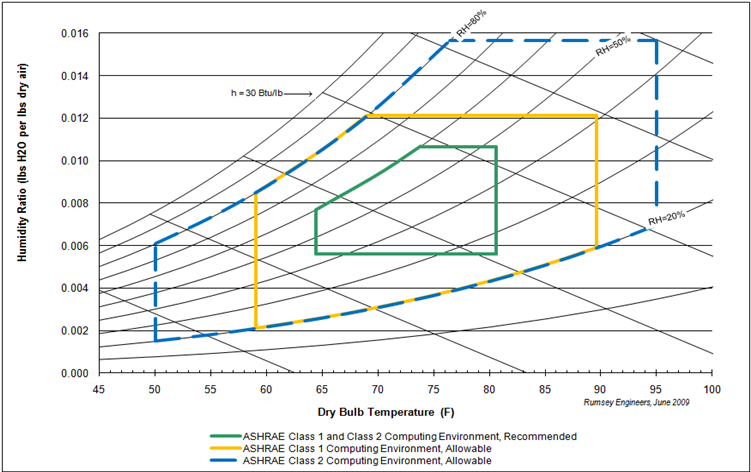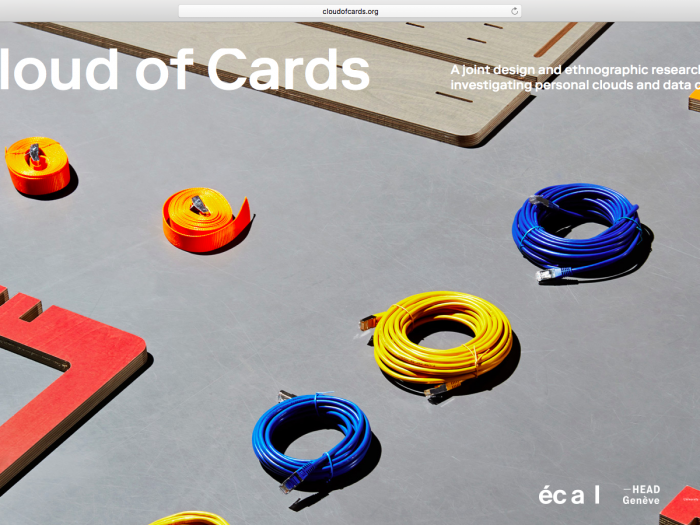Note: after some time of relative silence on the blog, we’re happy to say that the design-research project Inhabiting & Interfacing the Cloud(s) will be part of the next exhibition at the Haus für elektronische Künste in Basel (CH), in the form of a counterpoint or “behind the scenes” to the media art exhibition per se. This explains partly that, then…
We had to work hard for the exhibition, especially because I was also in charge of the scenography (a work by fabric | ch in this case though), while Lucien Langton produced almost all the video documentation content.
At the invitation of H3K curator, Sabine Himmelsbach, we’ll therefore present the work that has been realized so far, half-way through our research process.
This will consist for large parts in video documentation and few artifacts, including some new ones (“Tools” oriented). We will use this material later on the I&IC website to fully document the current state of our work. We’ve prepared some “automated documentation” based on our blog. Here’s a sneak peak about the first one about the overall project:
An automated introduction to "Inhabiting & Interfacing the Cloud(s), a design research" from iiclouds.org design research on Vimeo.
The opening of the exhibition Poetics & Politics of Data will be tomorrow at 7pm, at H3K (Dreispitz neighborhood in Basel), the show will then last until end of August.
Christopher Baker, Hello World! or: How I Learned to Stop Listening and Love the Noise, 2008
Poetics and Politics of Data
duration: 29.05.2015 – 30.08.2015
opening: 28.05.2015, 7pm
H3K, Freilager-Platz 9, 4142 Münchenstein / Basel, CH
The exhibition „Poetics and Politics of Data“ addresses the paradigm of a data-driven society and reflects life in an increasingly datified world. In visionary future scenarios, scientists enthuse over a world in which algorithms take over managing processes, envisioning a highly sensory and datafied space for us to live in, a world in which our desires and activities are anticipated, long before we carry them out. „Big Data“ is the keyword to this new era in which the power of data induces a radical transformation of a society whose actions and production of knowledge rely increasingly on the accumulation and evaluation of data.
“Poetics and Politics of Data” shows artistic works that approach the phenomena of Big Data and data mining, visualizing the continuous bitstream in various ways while referring to the political and social implications that come with a world that is controlled by data – from the processes of self-optimization to economical aspects and questions concerning the use and evaluation of this data. Who has access to our data? In what ways is it possible to extract useful information and find “valuable” and applicable correlations from the immense pool of data?
The exhibition introduces critically subversive approaches and interventions in networked spaces that make use of the potential of a virtual community and reflect personal performance in social networks. It focuses on aspects of surveillance strategies, data mining, privacy, post-privacy and digital autobiography acted out in social networks. Amid the constantly growing, infinite ocean of data, artists question the meaning and position of the individual in a technologically networked society and – thanks to their resistance and sense of independence – offer various alternatives to a normative world of data.
From computer-mediated installations to data visualizations, they address these questions through different media in order to not only generate a new approach to complex data structure, but to create a poetic immersive space of data.
“Poetics and Politics of Data” is an interdisciplinary project between HeK (House of Electronic Arts Basel), the Institute of Experimental Design and Media Cultures of the University of Applied Sciences and Arts Northwestern Switzerland FHNW, the Centre for Technology Assessment TA-SWISS and Opendata.ch, the Swiss chapter of the Open Knowledge Foundation, presenting an exhibition about artistic approaches to big amounts of data. Artistic strategies and concepts of data usage, -interpretation and -criticism will be on display, discussing the potential and dangers of Big Data and data mining.
-
Group exhibition with works by:
Christopher Baker (USA), Aram Bartholl (D), Paolo Cirio (IT), R. Luke DuBois (USA), Ellie Harrison (GB), Marc Lee (CH), Rafael Lozano-Hemmer (MEX/CAN), Bernd Hopfengärtner (D) & Ludwig Zeller (D/CH), Kristin Lucas (USA), Moniker (NL), Jennifer Lyn Morone (USA), RYBN (FR), Erica Scourti (GR/GB)
Scenography:
As part of the scenography of the exhibition, the design research group “Inhabiting & Interfacing the Cloud(s)” has been asked to create an infrastructure that will also present works by ECAL (Media & Interaction Design), HEAD – Genève (Media Design), EPFL Lausanne (ALICE) and fabric | ch.
